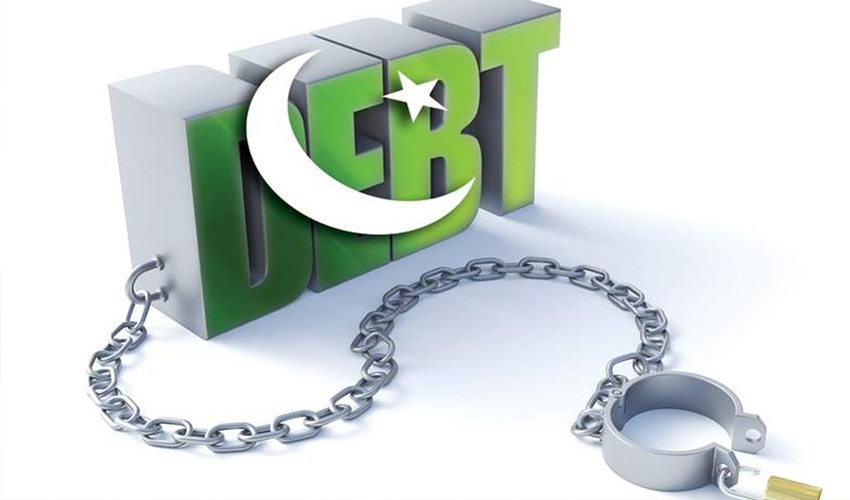The persistent issue of circular debt in Pakistan's energy sector has taken a concerning turn, with the latest figures revealing that it has climbed to a staggering Rs2.31 trillion as of June 2023.
This marks an unsettling 2.5% year-on-year increase, equivalent to an additional Rs57 billion compared to the same period in 2022, according to the Ministry of Energy's most recent circular debt report.
Decrease in short-term
While there appears to be a decrease in the circular debt when viewed on a month-to-month basis, with a decline of Rs336 billion from May 2023's Rs2.65 trillion, experts caution that the long-term problem remains a serious concern.
This drop is largely attributed to the withdrawal of Rs5 billion by the Federal Board of Revenue (FBR) in April 2023. Additionally, there has been a release of Rs21 billion in respect of outstanding claims from the previous year.
Dispute delays from K-electric
Among the many contributing factors to this mounting debt is the ongoing subsidy dispute between the government and K-Electric (KE).
As of June 2023, a substantial Rs346 billion remains pending from KE, further complicating the circular debt crisis. The resolution of this dispute is crucial to stabilizing the energy sector's financial health.
Govt's efforts to tackle issue
While the circular debt issue remains substantial, the government has not been idle. They have injected Rs162 billion into the energy sector through fiscal measures, indicating a commitment to addressing the problem. However, with a remaining circular debt of Rs57 billion, it is evident that more comprehensive solutions are needed to tackle this persistent challenge.
The circular debt problem has long been a thorn in the side of Pakistan's energy sector, and despite some short-term relief, the latest data underscores the need for a sustainable and lasting resolution to ensure the stability of the nation's power supply and financial health of its energy producers.



























